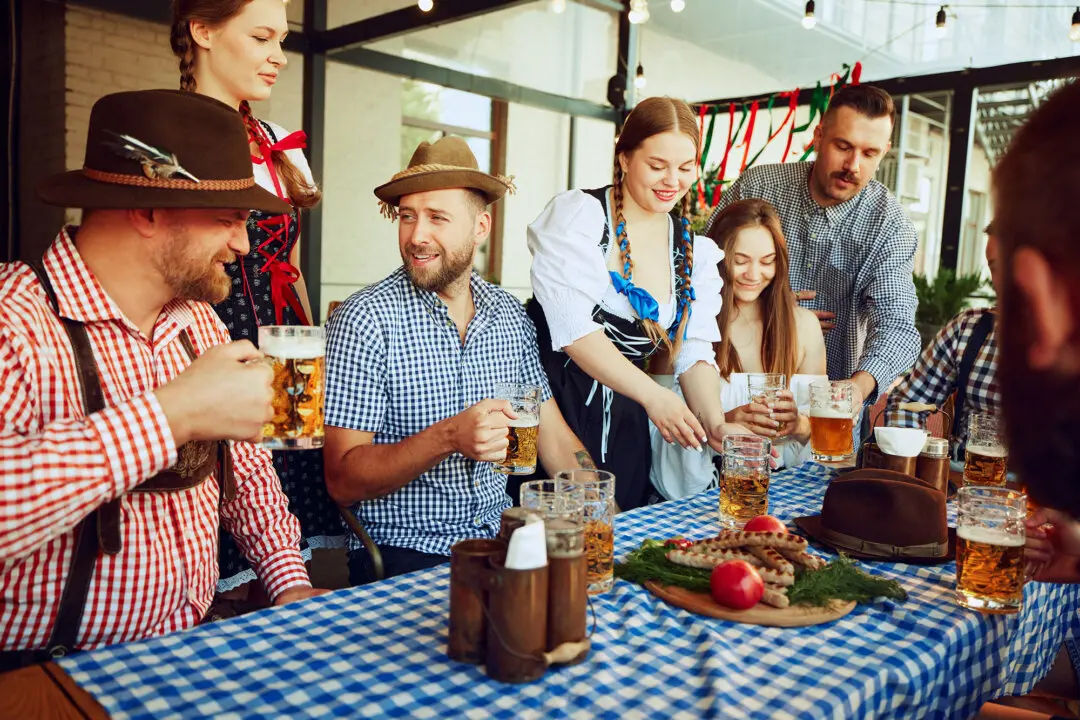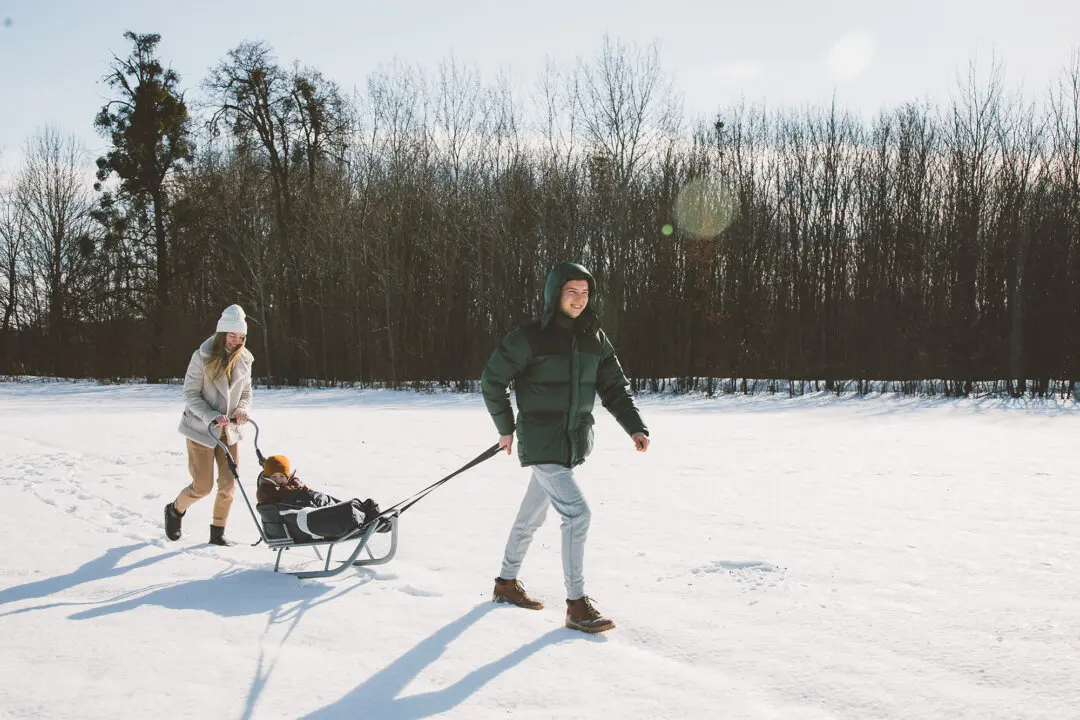Commentary
Modern farming is destroying small communities as we move more and more toward the “go big or go home” model: thousands of acres of the same monocrop, managed by one or two people on a tractor spraying chemicals. What used to be 20 or 30 small farms—each with a household and family that supported the local restaurant, gas station, feed store, and veterinarian who served a few counties—is now replaced by a single sprawling operation with no animals, no neighbors, and no community.





